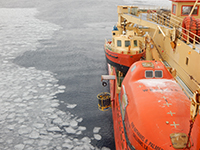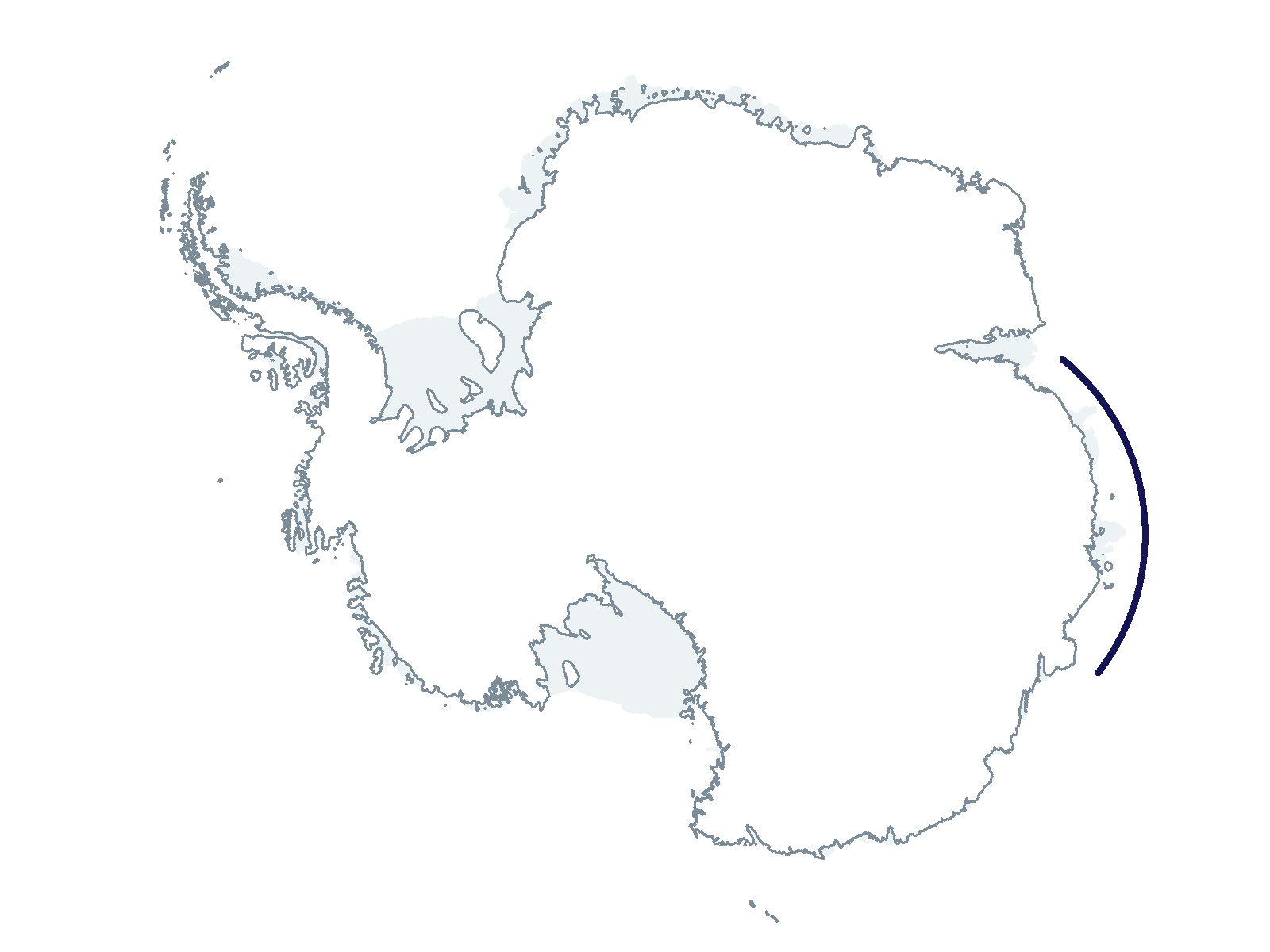2022-2023 USAP Field Season
Project Detail Project TitleCAREER: Revolutionizing biodiversity and systematics research on Aplacophora (Mollusca) and training the next generation of invertebrate systematists Summary
Event Number:
Program Director:
ASC POC/Implementer: Principal Investigator(s)
Dr. Kevin M Kocot
Location
Supporting Stations: ARSV Laurence M. Gould, RV/IB Nathaniel B. Palmer DescriptionREMOVE FROM 2023-24 Aplacophora is a diverse group of shell-less, worm-shaped marine molluscs. Although they are not common at intertidal depths (and are thus unfamiliar to many zoologists), aplacophorans are abundant and ecologically important members of deep-sea communities. Around 400 species have been named, but it is estimated that tenfold more are awaiting discovery. Aplacophorans are of interest to evolutionary biologists because aplacophorans, along with chitons, form the sister group to all other Mollusca, which is the second most species-rich animal phylum and exhibits some of the most dramatically disparate body plans in the animal kingdom. Unfortunately, in recent years, the number of taxonomists working on this already understudied group has dropped significantly as three of the world experts have passed away. This project will resurrect aplacophoran biodiversity and systematics research in the United States through training of a new generation of scientists and answer fundamental questions about the biodiversity and evolution of these understudied animals. Field Season OverviewThe research team of six participants will sample for benthic invertebrates on the Nathaniel B. Palmer NBP 23-03 research vessel in East Antarctica. At most sites, a CTD (conductivity, temperature, and depth) rosette, box corer, and epibenthic sled and/or trawl will be cast. Living specimens will be sieved, sorted and processed in a manner designed to facilitate observation and documentation of living specimens to ensure they are suitable for molecular work. When there isn't enough time to follow this process, samples will be preserved for future sorting in the lab. Representative specimens of all species collected will be imaged live and preserved using the most appropriate preservation strategy for each taxon. Deploying Team Members
|
2022-2023 Science Planning Summary



For USAP Participants |
For The Public |
For Researchers and EducatorsContact UsU.S. National Science FoundationOffice of Polar Programs Geosciences Directorate 2415 Eisenhower Avenue, Suite W7100 Alexandria, VA 22314 Sign up for the NSF Office of Polar Programs newsletter and events. Feedback Form |



